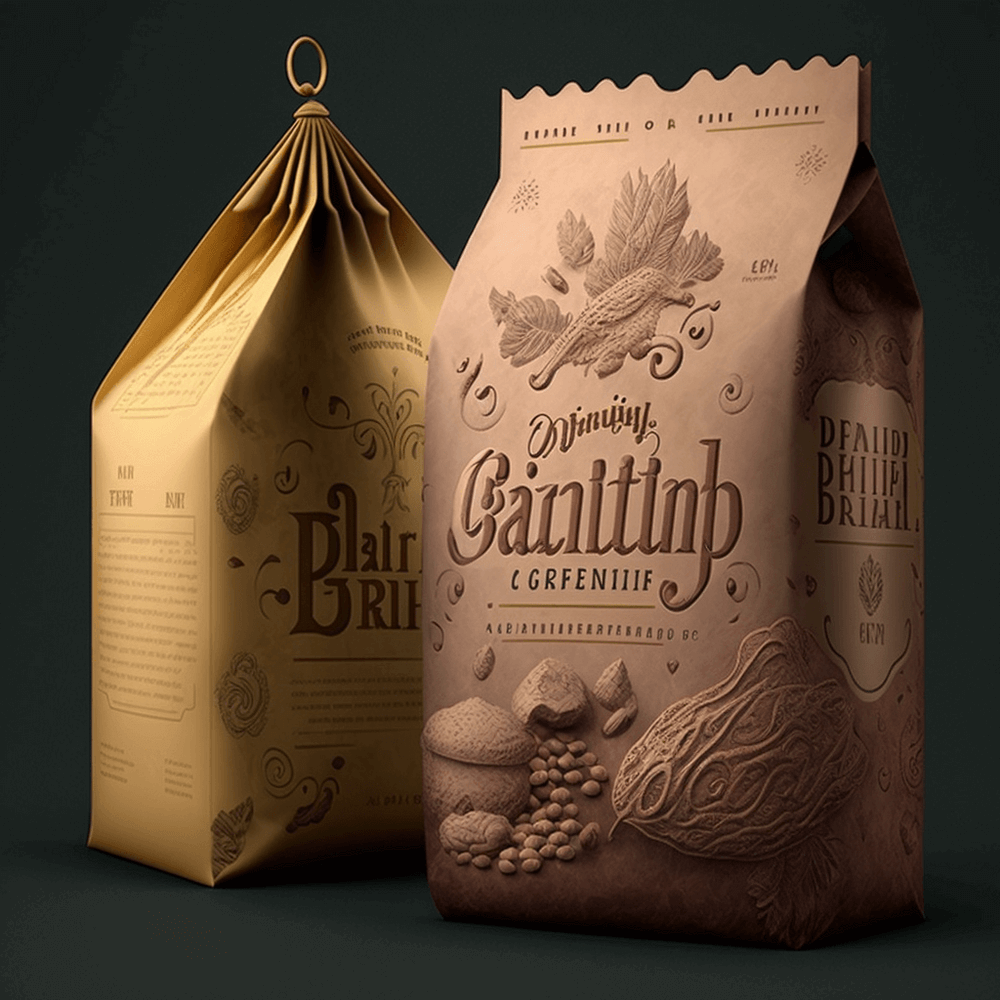Why Texture Matters in Packaging
When it comes to packaging, texture plays an important role in attracting and retaining customers. The right texture can evoke a sense of luxury, reliability, or even playfulness, depending on the product and target audience. In a crowded market, having a unique texture can set your brand apart and make your product stand out from the rest.
Additionally, texture can also affect the functionality of packaging. For example, a rough texture may provide a better grip for handling, while a smooth texture may be more suitable for printing high-quality graphics.
How to Choose the Right Packaging Material
Choosing the right packaging material can be a daunting task, especially with so many options available in the market. However, keeping a few key factors in mind can help simplify the process:
Consider the Product
The first step in choosing the right packaging material is to consider the product being packaged. Factors such as weight, size, and fragility can help determine the strength and durability required for the packaging material.

Think About the Audience
The target audience can also play a role in choosing the right texture for packaging. For example, a sleek and smooth texture may appeal to a more upscale or high-end audience, while a playful and tactile texture may be more suitable for a younger or more casual demographic.
Evaluate the Environmental Impact
In today’s world, it’s important to consider the environmental impact of packaging materials. Choosing sustainable and eco-friendly options can not only benefit the environment but also enhance your brand’s reputation as a socially responsible business.
What Makes a Good Texture
Now that we’ve covered why texture is important and how to choose the right packaging material, let’s take a look at what makes a good texture:
-Visual Appeal
A good texture should be visually appealing and complement the overall design of the packaging. It should also be consistent throughout the packaging, with no visible seams or imperfections.
-Tactile Sensation
A good texture should also provide a tactile sensation that enhances the customer’s experience with the product. Whether it’s a soft and velvety feel or a rough and rugged texture, the tactile sensation should match the product and target audience.
-Durability
Lastly, a good texture should also be durable and able to withstand the rigors of shipping and handling. A texture that wears off easily or becomes damaged during transit can detract from the overall quality of the product.
At Printonpack.com, we understand the importance of texture in packaging and are committed to helping our customers find the best packaging solutions. With over 120 manufacturers offering transparent pricing and excellent customer care, we can help you find the right texture and material for your product. Thank you for reading, and please contact us if you have any packaging needs. We’re here to help.
